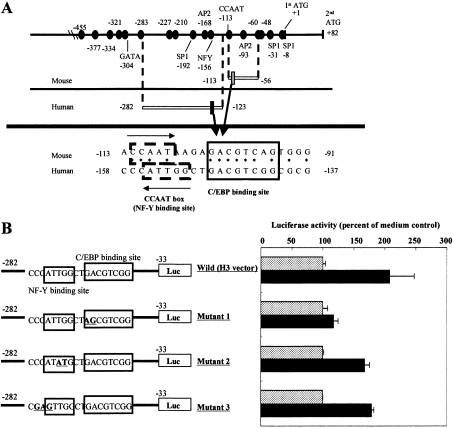Figure 3. Mutational analysis of C/EBP- and NF-Y-binding sequences in the promoter region of the human PHGPx gene.
(A) Sequences that were highly conserved between human and mouse promoter regions are represented as closed circles. When the sequence of the responsible promoter region from −158 to −137 in humans (black square) was compared with that from −113 to −91 in mice (grey square), highly homologous sequences and binding domains for C/EBP and NF-Y (CCAAT box) were found in the regions. Asteriks indicate identical bases between mouse and human PHGPx. (B) HL60 cells were transfected with the human H3 reporter vector with a mutation in the region responsible for the TNFα-induced up-regulation of PHGPx promoter activity (bold and underlined). Firefly luciferase activity of HL60 cells was measured after incubation for 16 h with (black bars) or without (grey bars) 50 ng/ml TNFα. The phRL-TK vector was used as the internal control to determine transfection efficiency. Firefly luciferase activity from the reporter vector was normalized to the renilla luciferase activity from the phRL-TK vector. Results are means±S.D. of the percentage of the non-stimulated control. Reproducibility of these results was confirmed in three experiments.

